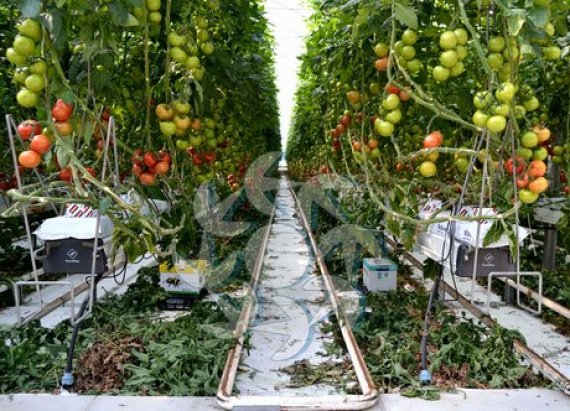For the record: Dutch greenhouse horticulture has a poor environmental score because it uses a lot of natural gas to heat the greenhouses. ‘But on all the other environmental aspects it does better,’ says Stanghellini. As part of an EU project she carried out a life cycle analysis of horticulture in the Netherlands, Spain and Hungary. This involved combing through a lot of literature about the environmental performance of horticulture in Europe. Her conclusion: production conditions and the climate are better in greenhouses, so you can use your inputs more efficiently than in the field. Especially if the tomatoes or paprika are grown on substratum in a closed irrigation system, because then you can reuse water and fertilizer and you do not pollute any soil. Ninety percent of Dutch horticulturalists grow their crops in modern greenhouses on substratum, as opposed to 20 percent in Spain. ‘The more modern the greenhouse, the less wasteful and more sustainable the cultivation of vegetables.’ What is more, in greenhouses it is easier to protect crops using natural enemies such as pest insects instead of pesticides.
Greenhouse horticulture better for water and soil
Intensive vegetable growing in a modern greenhouse causes less environmental damage and water waste than traditional outdoor vegetable growing. This remarkable conclusion was reached by Cecilia Stanghellini of Wageningen UR Greenhouse Horticulture. The low environmental impact was largely due to the reuse of fertilizer and water in the greenhouse.

